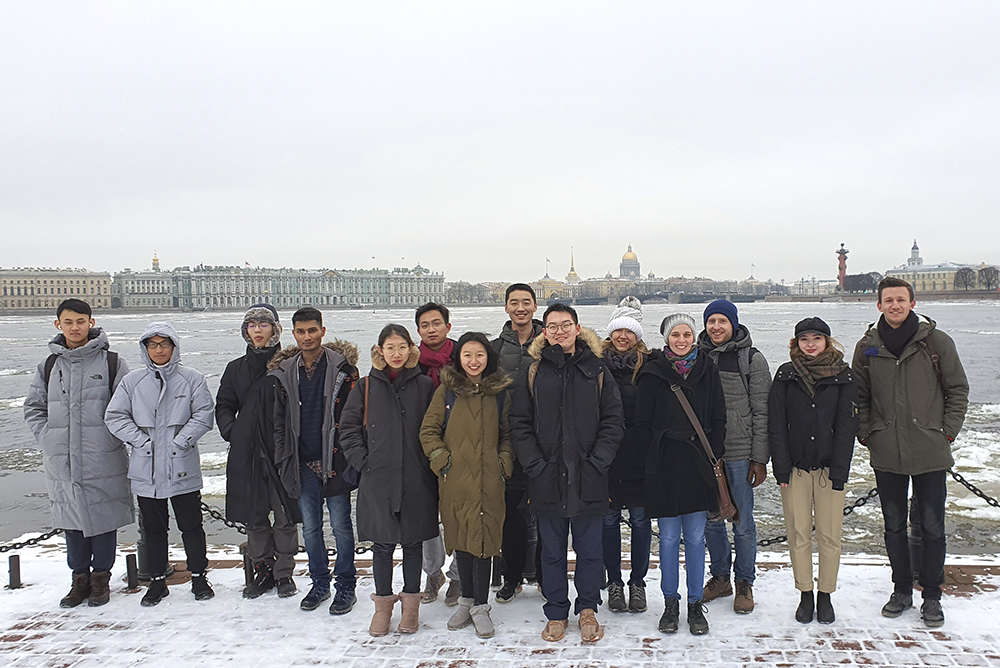
Researchers of Peter the Great St. Petersburg Polytechnic University (SPbPU), in collaboration with the Almazov National Medical Research Centre, developed an artificial intelligence system for analyzing endoscopic images (mucous membranes of organs). Such an approach is required for conducting mass screening studies, as well as for examining patients in remote settlements in conditions of lack of hi-tech medical equipment. The joint work results were published in one of the top-rated medical journals, the International Journal of Gynecologic Cancer.
SPbPU researchers were able to apply artificial intelligence methods to analyze medical images obtained by the specialists of Almazov National Medical Research Centre. Scientists developed a software to help clinicians to identify various diagnostic conditions. “One of the main advantages of our system is the ability to automate diagnostics during mass screening examinations. This system will eliminate the possibility of subjective evaluation of medical images. This is a chance to receive qualified medical consultations in remote regions of Russia,” said Elena Velichko, Director of the Higher School of Applied Physics and Space Technologies SPbPU.
Researchers analyze the images and mathematically describe the various parameters. “In the system, we use deep neural networks, which acquire the ability to isolate and classify pathologies on endoscopic images in the learning process. The system selects suspicious areas and demonstrates the likelihood of the pathology,” said Vitaly Pavlov, assistant of Higher School of Applied Physics and Space Technologies SPbPU. The researchers use the Supercomputer Center of the Polytechnic University facilities to process the large amount of data required by the system.
The first tests of the system at the Almazov National Medical Research Centre are scheduled for the beginning of 2021.
“Among the most important tasks of screening studies, especially in the process of visual image interpretation, are two fundamental components. Firstly, it is obtaining a high-quality image of the studied surface. Secondly is their accurate interpretation, the search for visual signs of the problem. In this case, the machine analysis shows amazing results,” notes Eduard Komlichenko, Head of the Clinic of the Almazov National Medical Research Center.




